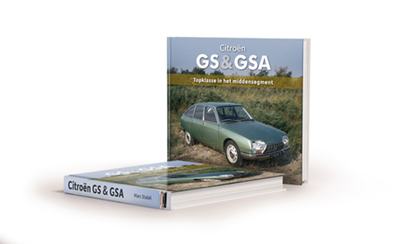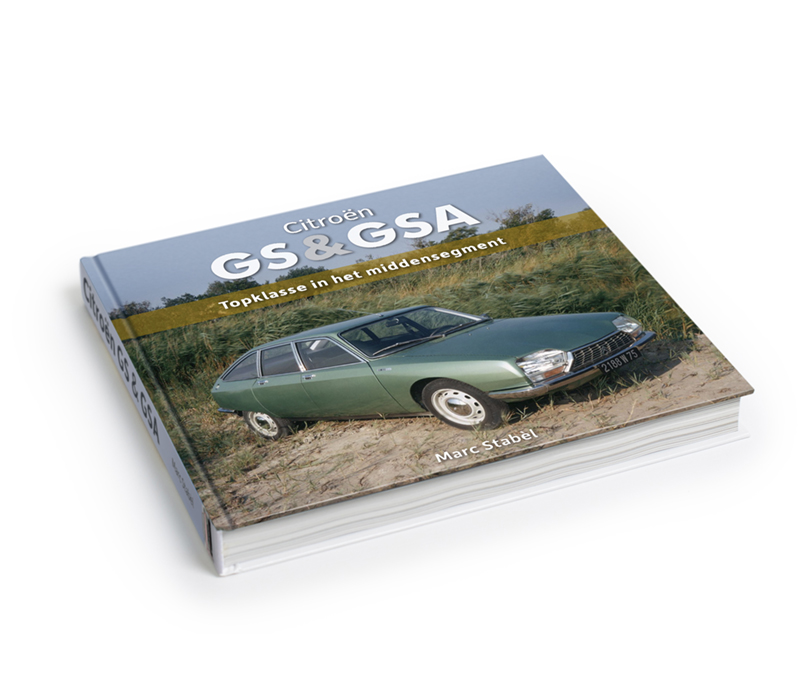|
In 1970, Citroën launched two new models: the Maserati-powered
SM supercar and the far more modest but ultimately more
interesting and
influential GS. The vast majority of cars sold in Britain in
1970 were
utterly conventional, rear wheel drive vehicles with live rear
axles,
drum brakes and the aerodynamics of a house brick – cars like
the Ford
Cortina, Ford Escort, Morris Marina, Vauxhall Viva, Ford Capri,
and
Hillman Avenger. It is true that the Mini and 1100/1300
broke the
mould with front wheel drive. In mainland Europe, much the
same
held true although Renault and Peugeot built front wheel drive
cars.
Back in 1960 Citroën sold two ranges of cars. The D Series
which,
in Britain at least, was viewed as an expensive luxury car and
the 2CV
which was (wrongly) viewed as a primitive and agricultural
contraption. Between these two extremes, Citroën’s
competitors
had the marketplace to themselves. During the 1960s, the
Renault
4 was making inroads into 2CV territory and Peugeot’s 203 and
204 were
major players in Citroën’s domestic market. Citroën’s
response
was the Ami 6, the underpinnings of which derived from the
2CV.
The Ami 6 was always viewed as a stopgap product. The
Dyane was
introduced as a Renault 4 competitor.
Work started in 1960 on a project to fill this gap - the C 60 -
longer
and wider than the Ami but employing some of that car's styling
elements such as the reverse rake rear window and with a front
end
reminiscent of the DS, it would have been powered by a flat four
air
cooled engine of either 1,100 cc or 1,400 cc and the
larger-engined
version would have used hydropneumatic suspension. Development
costs
escalated and in 1963, the decision was taken to cut their
losses and
start a new project – a project which nearly brought about the
demise
of the company and which was indirectly responsible for the
Peugeot
take over in 1974.
Projet F (also known as Projet AP) was to have been the
definitive
middle range Citroën and was conceived in four versions using a
bored
out to 750cc version of the 2CV flat twin; flat four, air-cooled
one
litre;1600cc transverse mounted unit derived from the D Series
and a
Wankel rotary version, the latter fitted with hydropneumatic
suspension
while the other versions used torsion bars
While the use of advanced techniques such as front wheel drive
and
hydropneumatics had been enough to put Citroën at the forefront
of
automotive technology during the preceding thirty years, it was
felt
that something new was required if the company were to maintain
its
reputation. That something was the Wankel rotary engine
and a
joint venture was set up with NSU to build the
powerplants.
Unfortunately, the Wankel engine proved to be unreliable,
thirsty, and
very dirty (it would take another forty years until these
problems were
solved by Mazda) and there were problems with body
rigidity. The
two versions (torsion bar and hydropneumatic) differed in length
from
each other and the conventionally sprung vehicle suffered too
great a
variation in ride height between unladen and laden states and
there
were problems with road holding and handling. Additionally
there
was a considerable shortfall in refinement when the prototypes
were
pitted against the C60. Work on this project had reached
an
extremely advanced stage when Renault launched the almost
identically
styled 16 and to add insult to injury, the technique chosen for
Projet
F for welding the roof and door frames had been patented by
Renault. Citroën had decided not to patent the process
since it
did not want its competitors to have any inkling of what they
were up
to. On 14th April 1967, the project was dropped – presses
ordered
from Budd had to be paid for and millions of Francs were written
off.
This book tells the incredible story of project G and its
predecessors
and how it was launched after only three years of development
and then
goes on to cover every variant of the car including the
Wankel-powered
Birotor and some lesser known vehicles built in Spain, Portugal,
South
Africa, the former Yugoslavia and Indonesia. It also
analyses the
car’s reception in markets outside France.
There are numerous hitherto unpublished photos of several
restyling
exercises from 1974 on and pictures of the development of the
GSA.
Inevitably this book will bear comparison with the only other
book
about the GS - ‘La Citroën GS de mon père’ by Dominique Pagneux
and for
most British readers, French is probably a more familiar
language than
Dutch but Stabèl’s book contains much more information and more
accurate information; is written with a passion that Pagneux’s
book
seems to lack; and contains a huge number of unpublished
photographs. I asked Marc Stabèl about this and he told me
that
in 2000, together with Martijn Kok he had already published a
book on
the GS & GSA since this model had been unfairly neglected by
motoring book publishers. A mere 450 copies were printed
(so it
is a collector’s item) and then, one month later, ETAI published
‘La
Citroën GS de mon père’. The Stabèl/Kok book looked rather
amateurish in comparison with its very small and almost
completely
monochrome pictures and unclear captions. It clearly could not
compete
with the full colour French book. This certainly cannot be said
for
this book which, although based on the 2000 book, has a
completely
different hardback presentation and full colour illustrations,
and
furthermore the content of the book has been hugely expanded and
amended where new information has been discovered over the last
16
years. When his old friend Thijs van der Zanden published his
Citroën
Visa book in 2010, Stabèl started toying with the idea of
revamping the
GS & GSA book and the result is yet another beautiful book
from the
Citrovisie Publishing house. Thijs was responsible for the
layout
and for many of the new pictures and information, thanks to his
contacts at Citroën. Martijn Kok was also involved at an early
stage
but had to withdraw due to other commitments.
I owned three G Series cars and for sheer driving pleasure, they
were
amongst the best Citroëns I have ever owned. They had
their
faults it is true: underpowered; thirsty; and a pig to work on
and then
of course there was the rust (although in this latter regard,
they were
no worse than their peers – just ask any Alfa Sud owner).
The car
was also a technological delight (as one discovered when working
on
them) so when Thijs told me that he would be publishing a book
on the
GS and GSA, I was really excited. The book fully met my
expectations.
About the author
Marc Stabèl, was born in 1961, is married to Irène, he has two
children
and lives in Eindhoven in the Netherlands where he teaches
English and
Dutch at a secondary school.
His passion for Citroën started in his youth, when his parents
decided
their Trabant 601 had become too unreliable and bought a
2CV4.
Five years later, their ‘Deuche’ was replaced by a GSpécial. At
the age
of 19, Marc bought his first car: a DSpécial. Just as I did, he
discovered that such a car is less than ideal transport for an
impecunious student so that experience didn’t last very long.
Eventually, after years of riding a bike, he bought himself a
GSA Club,
which he drove for some 12 years. After the GSA there have been
a BX 14
RE, a BX Break 16 TRI, a Xantia 1.6 Pallas and a Xantia Break
2.0 16V.
Currently he drives a C5 II Break 2.0 16V.
Once again, my only complaint is that the book is only available
in
Dutch. When I put this to him, he observed “…pictures speak
louder than
words. In which case you might want to cover your ears.”
Expanded edition now available in English.
|


























